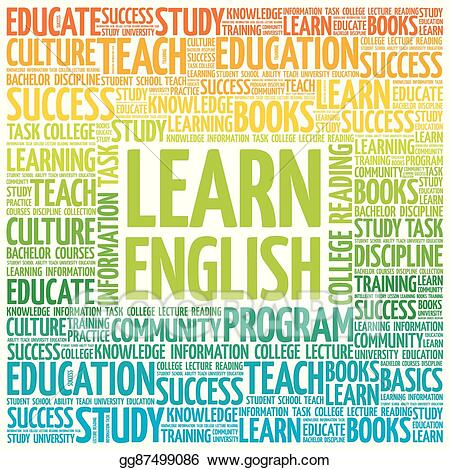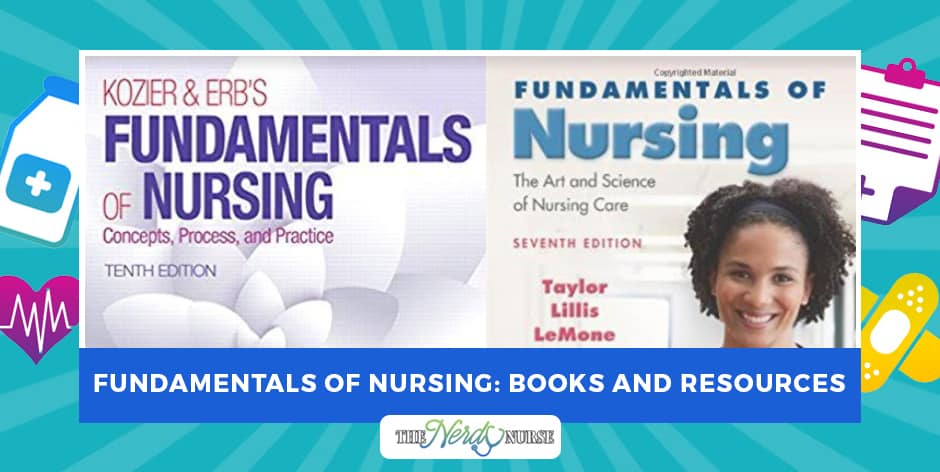
Physiology for Nurses Practice
The course begins with an introduction to Human Physiology as well as a study of cells, cellular metabolism and
histology of basic body tissues and membranes.
The remainder of the course is devoted to the detailed study of the
structure and functions of the systems involved in body covering, support and
movement, as well as coordination and control.
This includes a study of the integument, skeletal, muscular, nervous and
endocrine systems as well as the special sense organs.

Physiology for Nurses Theory
The course begins with an introduction to Human Physiology as well as a study of cells, cellular metabolism and
histology of basic body tissues and membranes.
The remainder of the course is devoted to the detailed study of the
structure and functions of the systems involved in body covering, support and
movement, as well as coordination and control.
This includes a study of the integument, skeletal, muscular, nervous and
endocrine systems as well as the special sense organs.

English Part /1/
Language is a means of expressing opinions and ideas whether written or oral. It is a way to communicate ideas and exchange information by arranging words and producing useful sentences. "Language is a tool for communication" .
The language takes two forms, which are verbal and written. Oral language is characterized by two elements: the speaker and the listener. The speaker needs to use facial expressions, animations, body language, and eye contact to convey the idea clearly to the listener. The written language requires punctuation marks that give the reader information about the sentence, for example the end of the sentence, the question, etc.

Medical Terminology
This curriculum focuses on helping students gain the necessary knowledge and understanding of medical terminology. It also explains the rules for building and synthesizing medical terms and analyzing complex terms to give the correct meaning and to assist in the learning process so that the student knows and spells medical terms correctly. The contents of the curriculum are arranged with the names of the different body systems to help the student master the component parts of medical phrases that are directly related to the terminology of body systems.
Computer Science /2/
1- Learn about the basics of the Windows system and its most important characteristics
2- To familiarize the student with the different computer systems used to record and use patient data and care policies
3 - The student should have the ability to collect important data and how to archive it.
4- That the student can do the skills of using a word processor application to create documents, papers, research papers and research.

Fundamentals of Nursing /2/ Practice
This course will
introduce fundamentals of nursing care for selected health problems including the activities of daily living and variations of such activities across the lifespan. This course is designed to introduce the beginning student to the following concepts: Quality and Safety for Nurses (QSEN) Initiative incorporating patient centered care, teamwork and collaboration, safety, quality improvement and informatics; the nursing process; and the Categories of Patient Needs.

Fundamentals of Nursing /2/ Theory
This course is an initial core course in the nursing curriculum. Students learn concepts and theories basic to the art and science of nursing. Concepts related to physiological, psychosocial, and spiritual health needs of the individual are integrated. Legal and ethical roles of the professional nurse are emphasized.